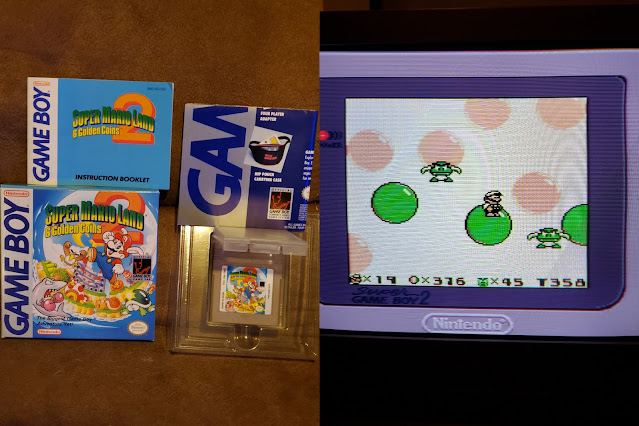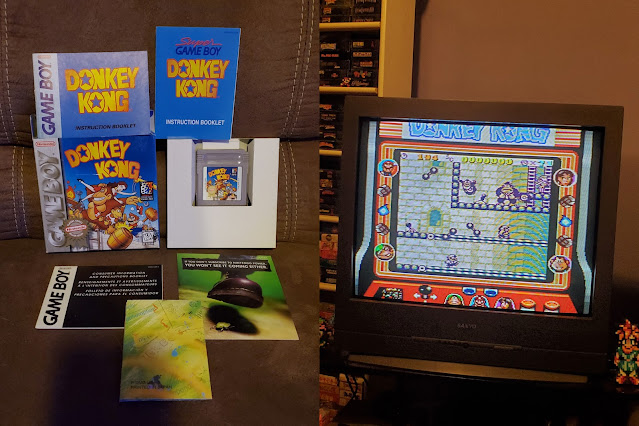Collection essentials #165: ActRaiser (SNES)

ActRaiser was a strong early release for the Super Nintendo from developer Quintet. Not only was it technically impressive and well-made, but there isn’t much out there in the gaming world quite like it to this day, due to how it combines two different genres into one. A lot of the design of ActRaiser’s world and characters takes inspiration from religion and mythology. The main antagonist and protagonist were called God and Satan in the original release, and they were renamed as “The Master” and “Tanzra” upon being localized into English to avoid controversy. Many of the game’s bosses come from mythological creatures such as the Minotaur. When you start up ActRaiser, it seems like a fairly normal side-scrolling action platformer, as The Master manifests himself as a dude armed with a sword and goes around kicking butt. After you beat a level, though, the game shifts to something completely different. ActRaiser has “sim” sections where The Master and his servants try to help humans to ...


















